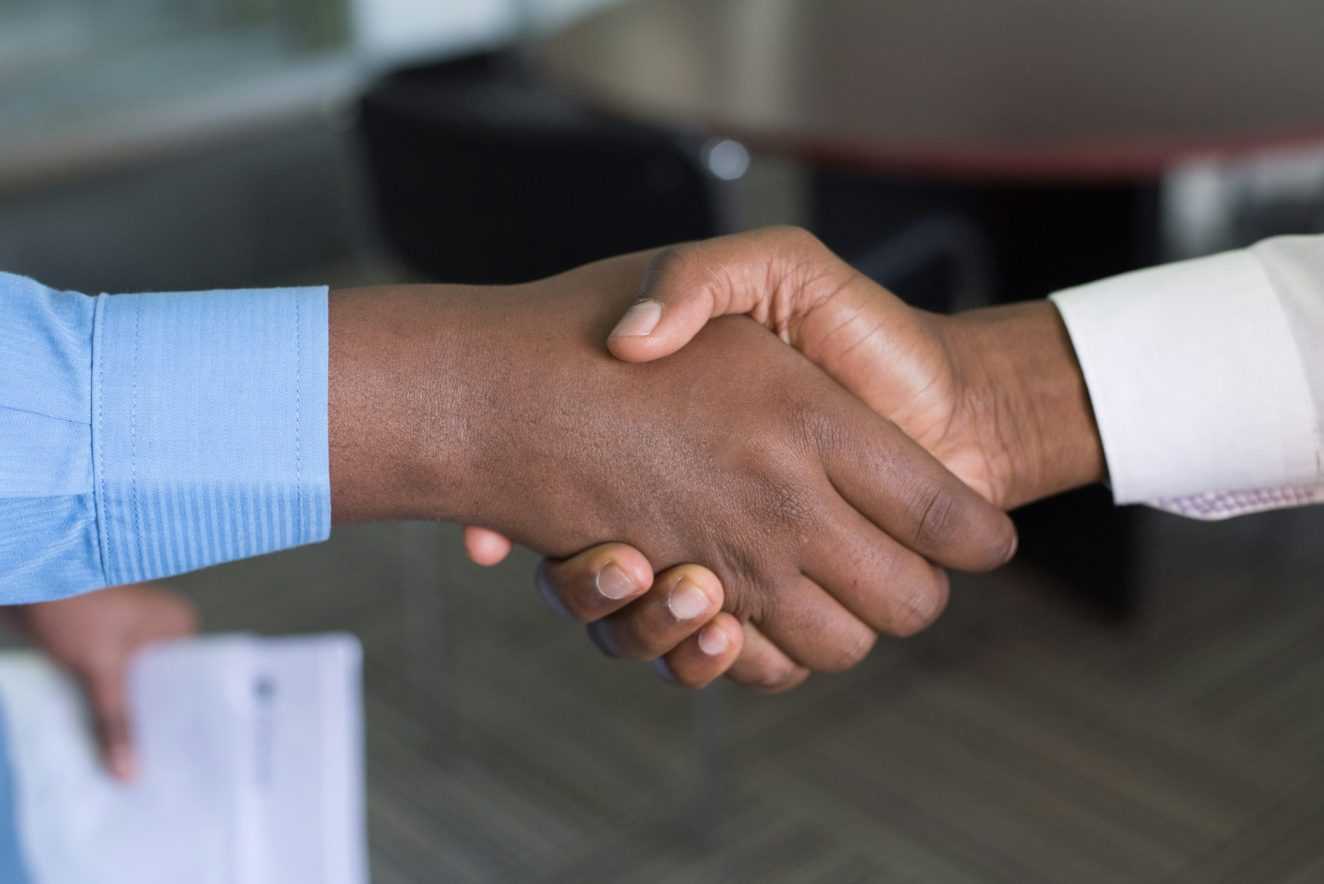Ever wonder why some people seem to effortlessly charm everyone they meet, while others struggle to make a connection? The answer lies in the often overlooked realm of nonverbal communication. Your facial expressions, gestures, posture, and tone of voice all play a crucial role in how you’re perceived by others. In this guide, we’ll delve into the fascinating world of body language and explore how you can use it to build better relationships both at home and in the workplace.

Decoding Body Language
Body language, often referred to as the silent language of the subconscious, speaks volumes about our thoughts, feelings, and intentions. While verbal communication relies on words, body language communicates through gestures, facial expressions, posture, and tone of voice. It’s an essential tool for effective communication, providing valuable insights into a person’s true emotions and intentions.
Understanding the Importance
In both personal and professional interactions, nonverbal cues can make or break a conversation. When your words align with your body language, you convey authenticity, trustworthiness, and empathy. However, conflicting signals can lead to confusion, mistrust, and misunderstandings. By mastering the art of nonverbal communication, you can enhance your relationships, boost your influence, and achieve greater success in all areas of life.
The Power of Nonverbal Cues
Nonverbal communication serves multiple functions, including repetition, contradiction, substitution, complementing, and accenting. These cues reinforce, emphasize, or even contradict the verbal message, providing additional layers of meaning. Whether it’s a reassuring smile, a firm handshake, or a subtle nod of approval, every gesture and expression plays a role in shaping the conversation.

Exploring Nonverbal Channels
Facial expressions, body movements, gestures, eye contact, touch, spatial awareness, and vocal tone are all channels through which we communicate nonverbally. From a genuine smile to a confident stance, each aspect of body language contributes to the overall message we convey. By becoming more attuned to these signals, you can better understand others and express yourself more effectively.
The Authenticity Factor
While some may attempt to manipulate their body language to project confidence or authority, genuine nonverbal communication cannot be faked. Authenticity is key to building trust and rapport with others. Instead of focusing on superficial gestures, strive to align your words with your true thoughts and feelings. Authenticity breeds connection, while phoniness breeds suspicion.
Enhancing Your Nonverbal Skills
Improving your nonverbal communication requires mindfulness, self-awareness, and practice. By staying present in the moment and minimizing distractions, you can better interpret subtle cues and respond appropriately. Additionally, managing stress and emotional reactions is crucial for maintaining open, positive communication channels.
Stress Management Techniques
Stress can significantly impact your ability to communicate effectively. When feeling overwhelmed, take a moment to pause, breathe, and regain your composure. Engaging your senses—through sight, sound, smell, taste, or touch—can help you quickly reduce stress and refocus your energy. By staying calm and centered, you’ll be better equipped to navigate challenging conversations with confidence and clarity.

When it comes to human interaction, nonverbal communication serves as our silent partner, shaping our relationships and influencing our outcomes. By honing your ability to read and use body language effectively, you can unlock a world of opportunities for connection, understanding, and collaboration. So, next time you find yourself in a conversation, pay attention not only to the words being spoken but also to the silent language of gestures, expressions, and tone. The insights you gain may just change the way you communicate forever.





